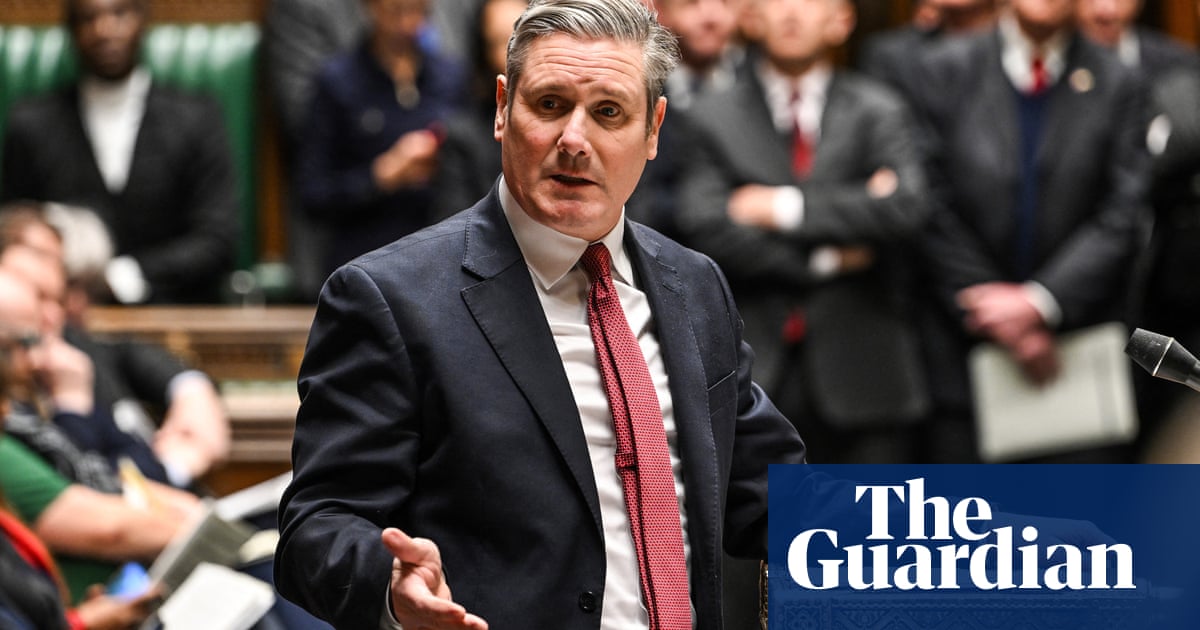
Labour’s manifesto has offered more money for schools and the NHS while pledging to avoid raising tax on “working people” and maintaining a firm grip on the nation’s finances. So do the party’s plans really stack up?
What is Labour saying on tax?
Labour plans to raise about £8.5bn from a range of relatively soft targets: energy companies, private schools, private equity, wealthy foreigners living in the UK, and tax avoiders and dodgers. It has pledged to leave income tax, national insurance (NI) and VAT rates unchanged.
Has the party boxed itself in?
Yes, up to a point, because income tax, NI contributions and VAT are the three biggest sources of tax revenue – accounting for about 60% of the total. But it has left itself some wriggle room. The manifesto commitments extend only to the rates of income tax, NICs and VAT so Labour could – in theory at least – raise more money by changes to allowances or by extending the scope of VAT. This would be high-risk, leaving Labour open to the charge that it had misled voters. An easier option would be to raise money from capital gains tax or inheritance tax, about which the manifesto is silent.
Do Labour’s plans add up?
They do, given its limited spending pledges. These total about £9.5bn – of which approximately half will be spent on greening the economy. But they are modest sums in the context of a £3tn economy that should be generating well over £1tn in tax revenue by the end of the decade. Paul Johnson, the director of the Institute for Fiscal Studies thinktank, describes them as “tiny going on trivial”.
Why the need for such caution?
There are two main reasons. First, Labour is committed to sticking to the same fiscal rule as the government, namely to have debt falling as a share of national income within five years. That limits the scope to pay for public spending by borrowing significantly more. Second, Labour is reluctant to raise taxes over and above the £8.5bn it is targeting. If borrowing and taxation are both ruled out, that inevitably limits Labour’s spending ambitions.
So does that mean a fresh round of austerity?
Keir Starmer was adamant at the manifesto launch that there would be no return to austerity if he becomes prime minister, but there will certainly be cuts if Labour sticks to the spending plans inherited from the Conservatives. These involve a 1% real-terms increase but only some parts of the public sector – such as the NHS and defence – will see their budgets rise. Non-protected departments, which include the Home Office and the Ministry of Justice, face cuts totalling £18bn, according to an assessment by the Resolution Foundation.
Is there a way to avoid the cuts?
Labour is relying on growth coming to the rescue, but can’t guarantee that it will. Stronger growth means higher tax revenues and these would allow Labour to spend more without breaking its debt rule. Growth has picked up since the start of 2024 but the economy remains fragile. Business and consumer confidence have been rising in anticipation of interest rate cuts from the Bank of England but if these fail to materialise, growth could easily weaken.
What if growth doesn’t come to the rescue?
In that event, Labour will face a stark choice: raise taxes or go ahead with cuts that will be hard to achieve and deeply unpopular. It would almost certainly take the former option. Incoming chancellors often say – even though the numbers are plain for all to see – that the country’s finances are in a worse state than they thought when in opposition and that this necessitates tough action. Early action has two benefits: it can be blamed on the past government, and it gets bad news out of the way quickly. Capital gains tax and inheritance tax would be obvious targets.












